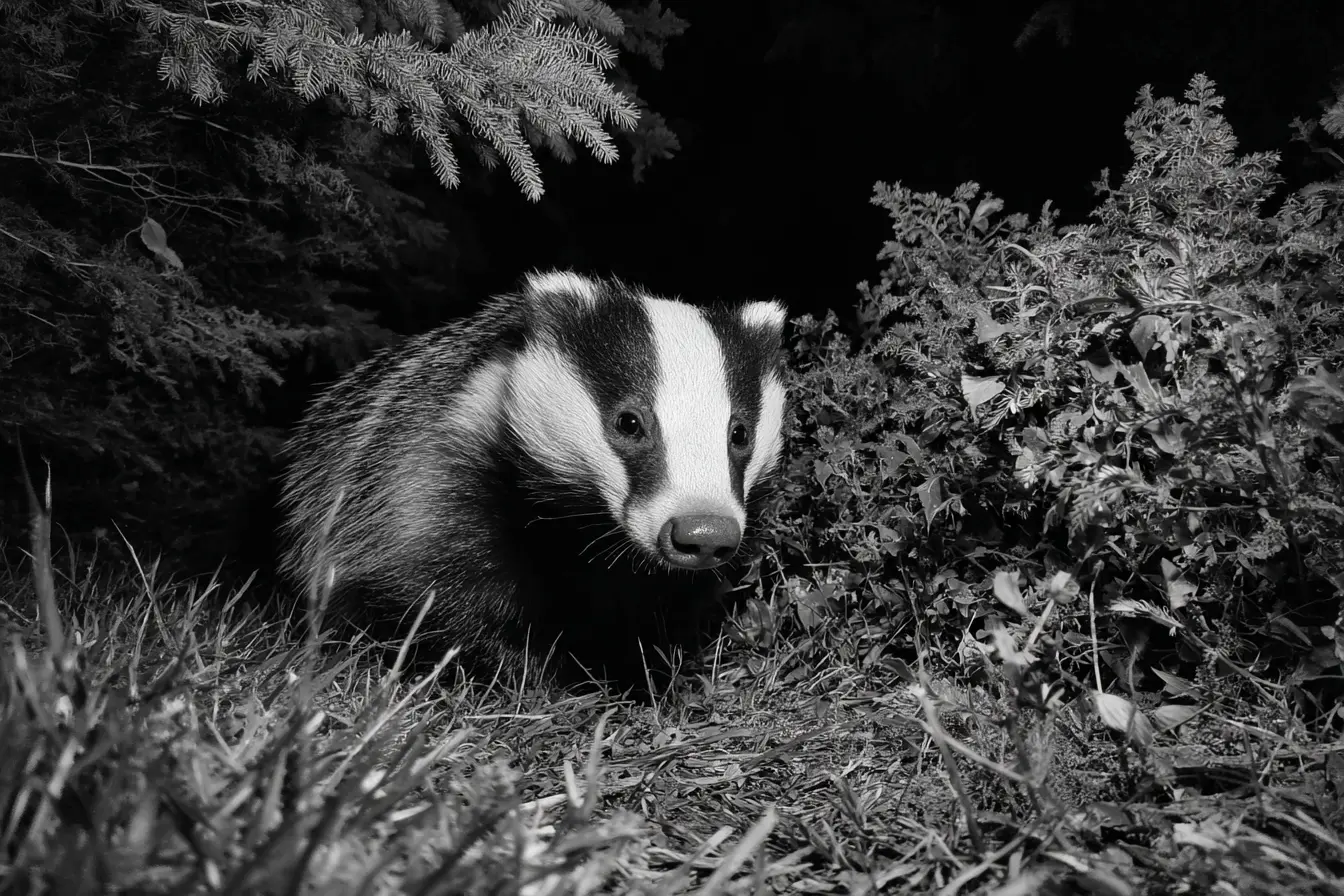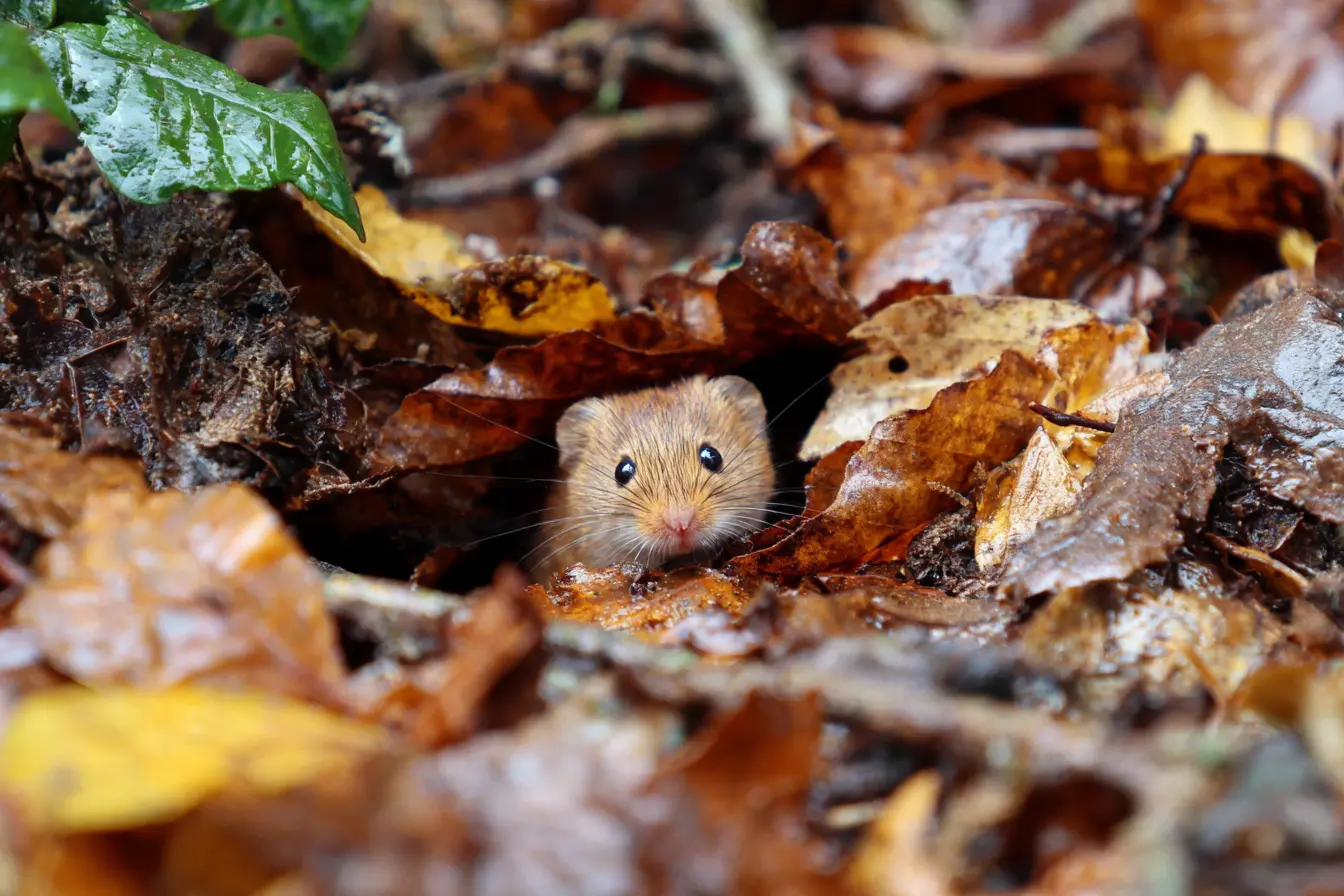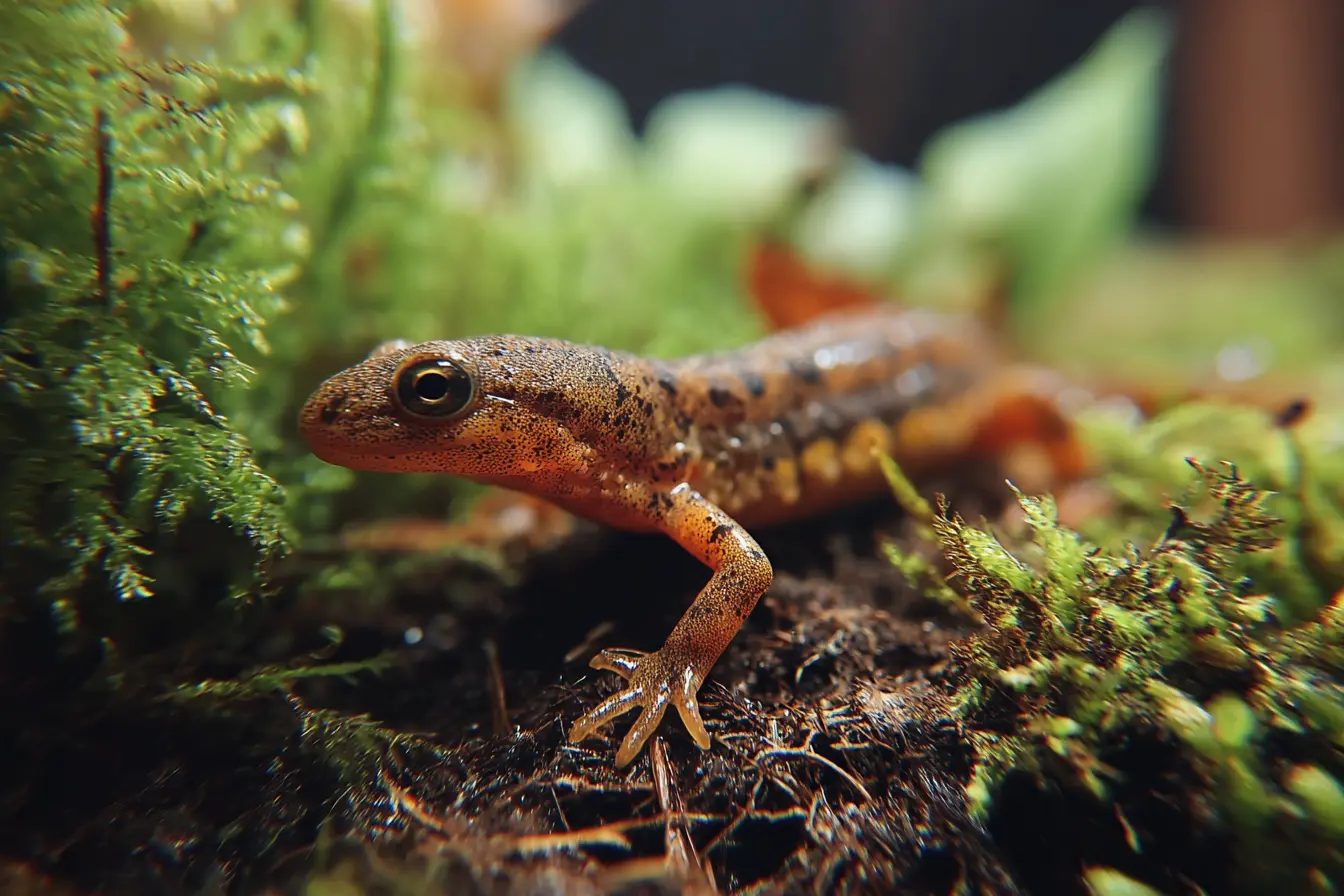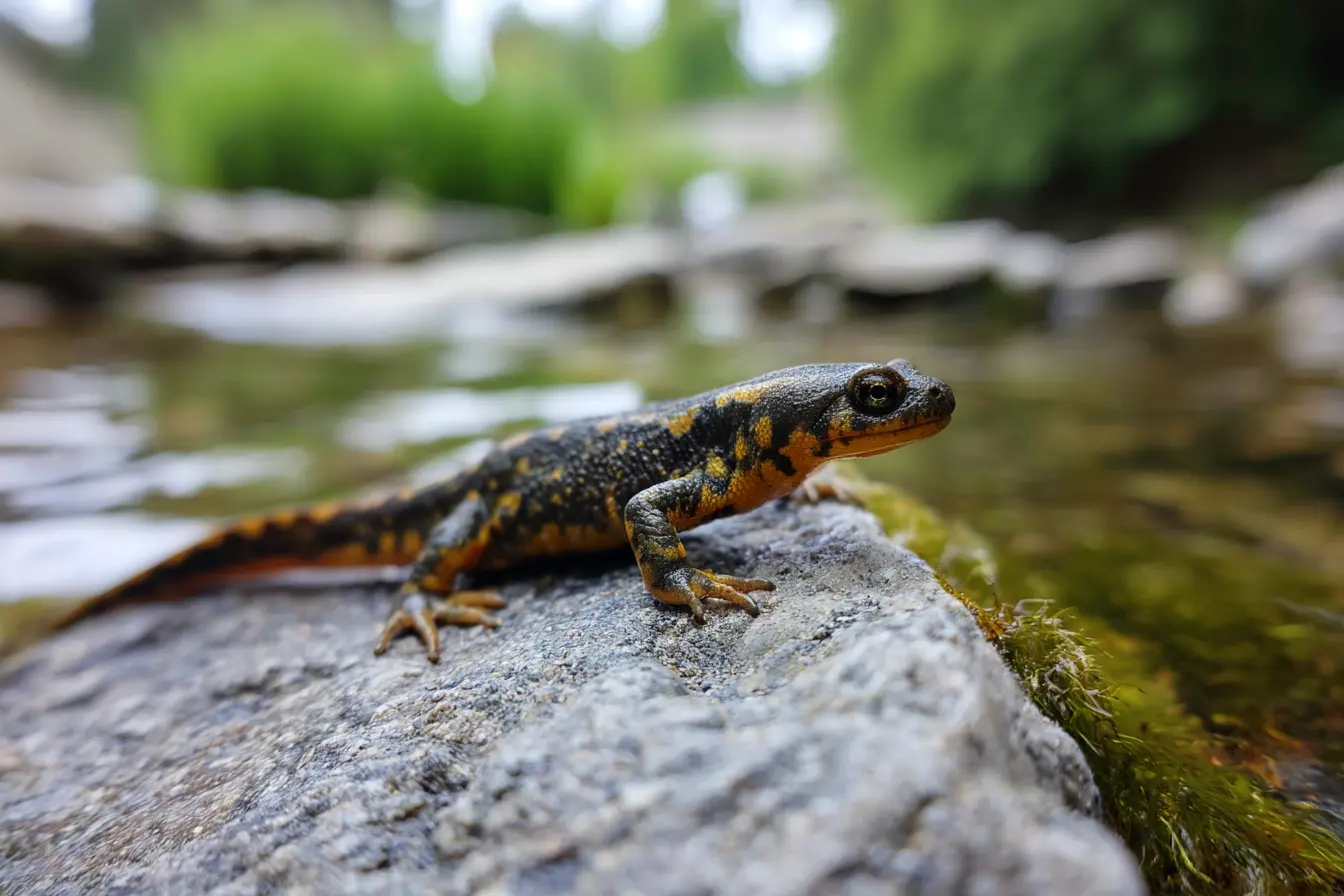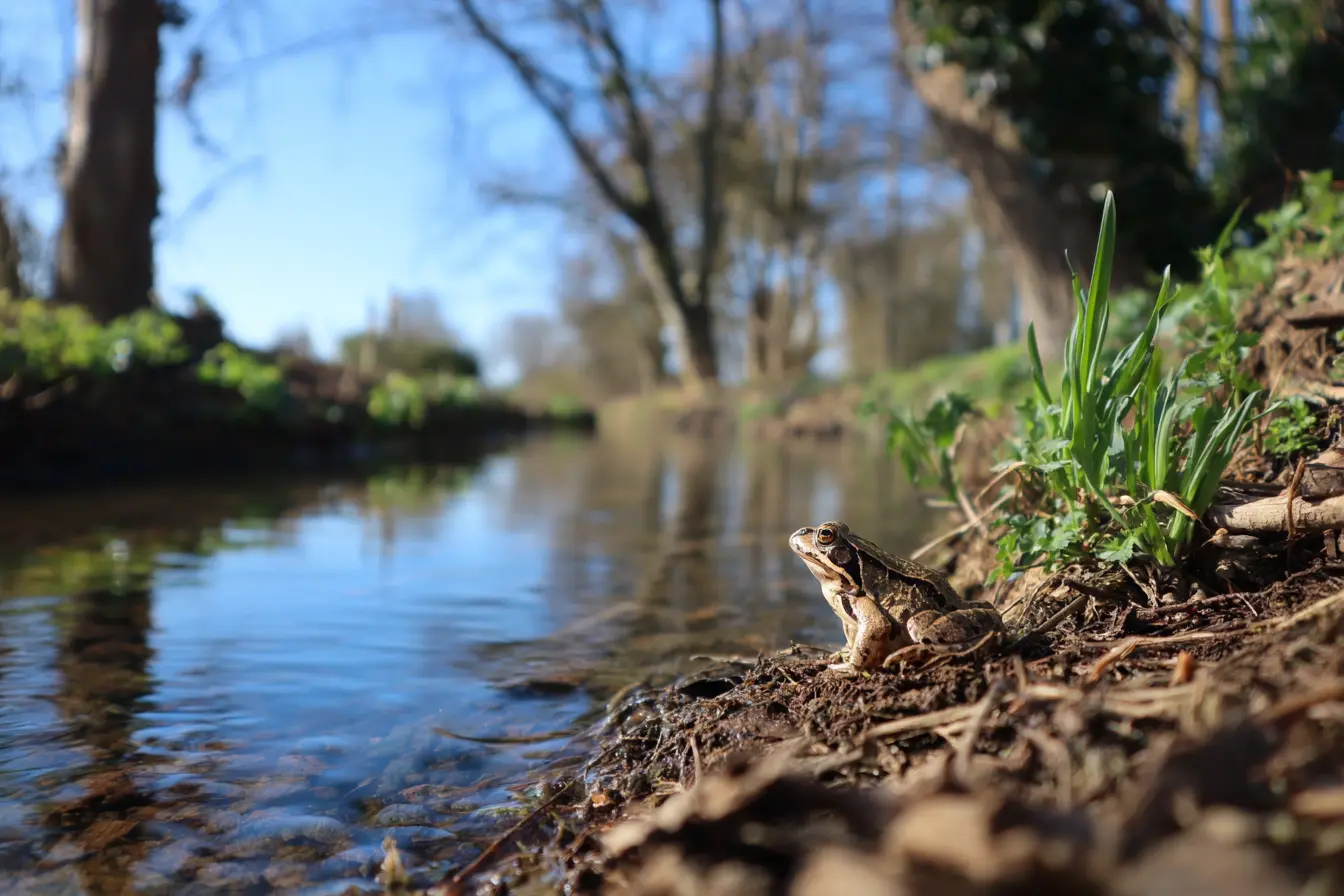
Chytrid Fungus: A Global Threat to Amphibians
Chytrid fungus, scientifically known as Batrachochytrium dendrobatidis (Bd), is one of the most significant emerging infectious diseases affecting amphibians globally. It has caused catastrophic declines and extinctions of amphibian populations in over 60 countries and is considered one of the greatest threats to amphibian biodiversity. A closely related species, Batrachochytrium salamandrivorans (Bsal), poses a similar risk, particularly to salamanders and newts.
This blog post explores chytrid fungus in detail, covering its biology, impacts, global spread, detection, management strategies, and its relevance to the UK and its native amphibian populations.
What is Chytrid Fungus?
Chytrid fungus refers to aquatic fungi in the phylum Chytridiomycota. Batrachochytrium dendrobatidis (Bd) was first described in the late 1990s and is responsible for a disease called chytridiomycosis. It primarily affects the skin of amphibians, which is vital for respiration, hydration, and electrolyte balance.
Another related species, Batrachochytrium salamandrivorans (Bsal), was identified more recently in Europe and poses a specific threat to salamanders and newts, causing skin lesions and high mortality.
How It Infects Amphibians
Chytrid fungus infects the keratinised skin of amphibians. In adult frogs, toads, and newts, this includes the outer layers of the skin. In larvae, only the mouthparts are keratinised, so they are less affected by Bd.
The fungus produces motile spores that swim through water and attach to an amphibian’s skin. Once established, the fungus multiplies within the skin layers, forming zoosporangia that release new spores. This cycle causes thickening of the skin, disrupting its functions and leading to electrolyte imbalances, dehydration, and eventually death in severe cases.
Symptoms and Signs of Chytridiomycosis
Infected amphibians may show various clinical signs, although symptoms can be subtle or absent until late stages.
- Lethargy and reduced activity
- Abnormal posture (e.g. legs splayed outward)
- Skin sloughing or peeling
- Loss of righting reflex (inability to flip over)
- Discolouration or lesions
- Death without obvious cause
Some species are more susceptible than others. For instance, many Atelopus species in Central and South America have been driven to extinction by Bd, while other amphibians may act as asymptomatic carriers.
Global Impact and Spread
Since its discovery, Bd has been detected on every continent where amphibians exist. Its spread is believed to have been facilitated by global trade in amphibians for the pet, food, and research markets.
- Bd has contributed to the decline of over 500 amphibian species globally.
- Over 90 species are believed to have gone extinct due to chytridiomycosis.
- The disease has been described as the worst infectious disease ever recorded among vertebrates in terms of biodiversity impact.
Bsal, although more recently discovered, has already caused severe mortality in wild fire salamander populations in Europe and is considered a major threat to urodeles (salamanders and newts) if it spreads further.
Chytrid Fungus in the UK
Chytrid fungus has been detected in some wild amphibian populations in the UK, particularly Bd. However, there is currently no evidence of widespread declines attributable to it, unlike in tropical regions.
Surveillance programmes have been put in place to monitor the presence and impact of both Bd and Bsal. The UK government, research institutions, and conservation organisations have been proactive in:
- Testing wild and captive populations
- Regulating amphibian imports
- Developing rapid diagnostic tools
The presence of native newts, including the great crested newt, makes it especially important to monitor for Bsal, which has been detected in continental Europe and could be introduced through imported pets or environmental contamination.
Diagnosis and Detection
Detecting chytrid fungus in amphibians requires laboratory testing.
- Swab tests: Amphibians are swabbed on the skin or mouthparts (in larvae) and analysed using quantitative PCR (qPCR) to detect fungal DNA.
- Histopathology: Examining infected skin tissue under a microscope can reveal characteristic fungal structures.
- Environmental DNA (eDNA): Water from amphibian habitats can be tested for traces of chytrid DNA.
These methods are used by conservationists and researchers to screen wild populations, captive breeding programmes, and imported animals.
Prevention and Biosecurity
Preventing the spread of chytrid fungus relies on strict biosecurity and responsible amphibian handling.
- Disinfection: Equipment, boots, and containers should be disinfected with appropriate agents (e.g. Virkon S) between sites.
- Quarantine: Any imported or relocated amphibians should be quarantined and tested before release or mixing with other populations.
- Restriction of movement: Avoid moving animals, plants, or water between ponds or wetlands.
- Public awareness: Informing pet owners, pond managers, and researchers about the risks and hygiene protocols is essential.
The Pet Trade Voluntary Biosecurity Guidelines and other educational materials have been developed in the UK to support these goals.
Conservation Strategies
Conservation responses to chytrid fungus include:
- Captive breeding programmes: Maintaining assurance colonies of highly susceptible species
- Habitat protection: Conserving clean, undisturbed habitats where stressors are minimal
- Reintroduction trials: Testing whether chytrid-resistant individuals can be reintroduced safely
- Research: Exploring antifungal treatments, microbiome manipulation, and genetic resistance
In the UK, conservationists are particularly focused on preventing the introduction of Bsal, given its potential to devastate native newt populations.
Conclusion
Chytrid fungus is a devastating wildlife disease that continues to shape the future of amphibians around the world. Though the UK has not experienced the same scale of impact as tropical regions, the risk is very real, particularly with the continued movement of amphibians across borders.
Monitoring, research, public engagement, and strong biosecurity are key tools in the fight against chytridiomycosis. Protecting amphibians from chytrid fungus is not just about saving frogs and newts — it is about preserving vital components of global biodiversity and the health of entire ecosystems.
Vets near you
Speciality vets
- Aquatics vet specialists
- Birds vet specialists
- Camelids vet specialists
- Cats vet specialists
- Cattle vet specialists
- Deer vet specialists
- Dogs vet specialists
- Equines vet specialists
- Exotic vet specialists
- Goats vet specialists
- Pigs vet specialists
- Poultry vet specialists
- Sheep vet specialists
- Small Mammals vet specialists
- Wild vet specialists
